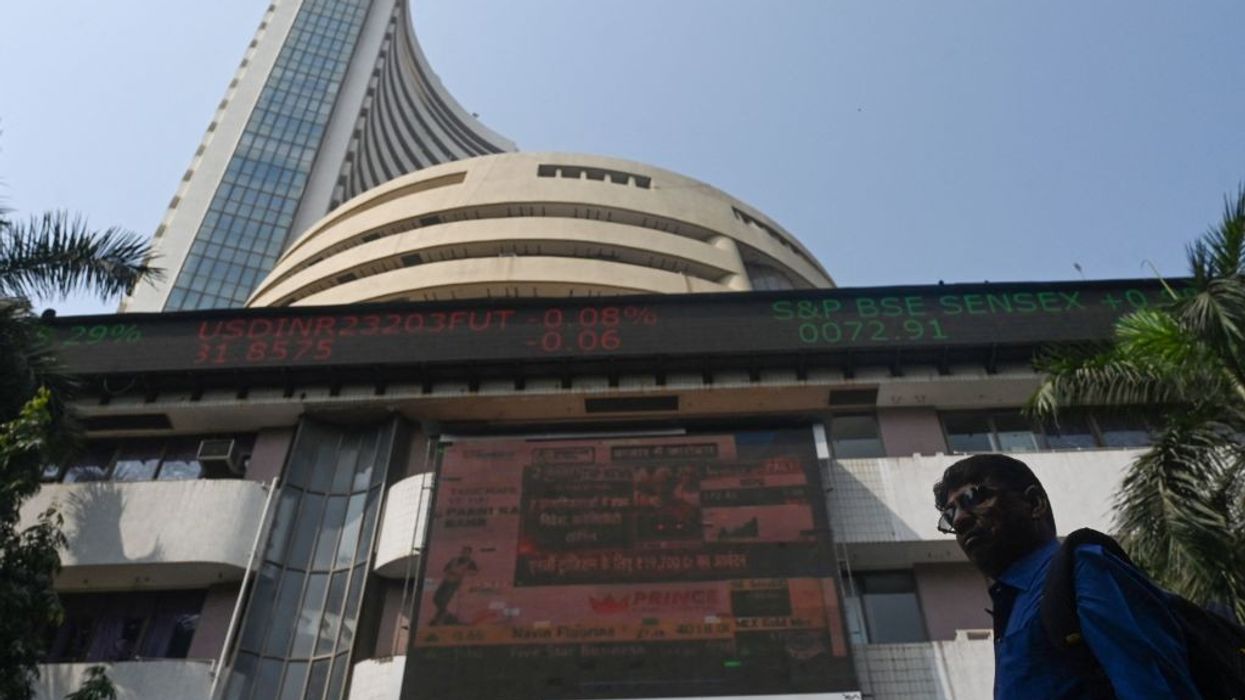INDIAN stock markets continued their positive momentum for the second day after regional elections in which prime minister Narendra Modi’s party made impressive gains.
The Bombay Stock Exchange’s bellwether index Sensex gained 1,815 points in two days to close above the 69,000 mark on Tuesday (4) with both domestic and foreign portfolio investors being net buyers.
Adani Group companies surged up to 20 per cent on the back of a report that the US agency International Development Finance Corp found the accusations made by Hindenburg Research against the Gautam Adani-led power-to-port conglomerate to be irrelevant.
The group’s stocks had been in turmoil earlier this year following the Hindenburg report which had claimed corporate misgovernance in the companies.
Jaykrishna Gandhi of Emkay Global Financial Services attributed the current bull run to clarity on the political front and a “steady global macro environment”.
"The Indian markets now are set for another rally this time driven by the large caps” ahead of national elections due next year, he told the PTI news agency on Monday (4).
According to him, interest rate hikes were largely ruled out which would open the narrative for rate cuts for some time next year.
"We believe large caps will outperform small and mid in the near term” with banking stocks and the billionaire Mukesh Ambani-controlled Reliance Industries expected to lead the way, Gandhi said.
Shriram Asset Management Company’s senior fund manager Deepak Ramaraju told the Mint that the rally also reflected the change in the weightage of India in the MSCI Index, which foreign investors generally track to allocate their passive flows.
MSCI last month raised India's weightage in its Global Standard (Emerging Markets) index to 16.3 per cent from 15.9 per cent.
Indian stocks rally to record level
Bombay Stock Exchange's bellwether index Sensex gains 1,815 points in two days to close above the 69,000 mark













